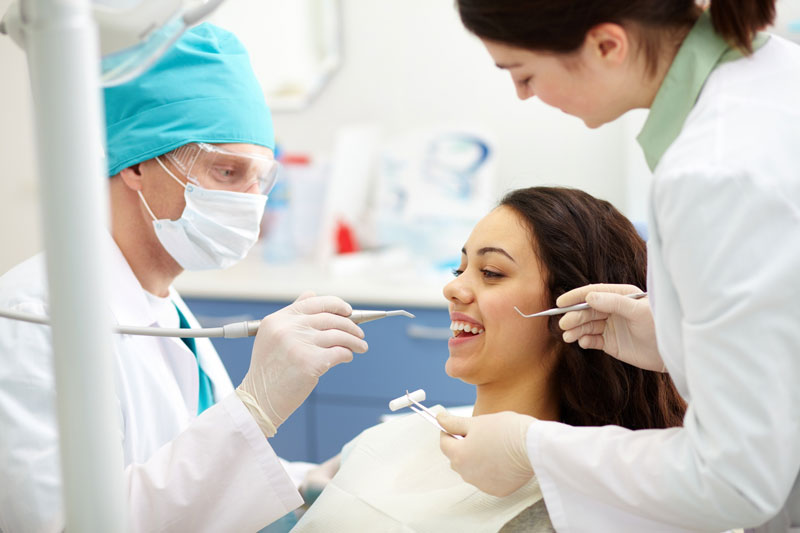Telehealth is not confined to one specific service as it covers a broad variety of technologies and procedures to address virtual medical, health and education services. As defined by ADA, Teledentistry provides the means for a patient to receive services when the patient is in one physical location and the dentist or other oral health or general healthcare practitioner overseeing the delivery of those services is in another. The ADA believes that examinations performed using teledentistry can be an effective way to extend the reach of dental professionals, increasing access to care by reducing the effect of distance barriers to care. As the policy decision of ADA, teledentistry services received by patients have to be properly documented for reimbursement purposes. Dental practitioners can rely on dental billing companies to efficiently manage documentation of the procedures and for timely submission of claims.
Patients seek teledentistry services for urgent oral health and dental problems. Patient care involves the use of telecommunication technologies to facilitate timely delivery of treatment without the physical constraints of a dental hospital.
The common forms of teledentistry include:
- Synchronous teledentistryPatients can have real-time interaction with the dentist with the help of a camera, speakers and microphone. The main feature of synchronous teledentistry is that virtual face-to-face meeting between the patient and dentist is possible. The patient gets on-the-spot feedback and e-prescriptions of medicines required to treat the condition.
- Asynchronous teledentistryIt doesn’t involve real-time interaction between the patient and the dental practitioner. Instead, patients are required to record the information regarding the oral health problem and hand it over to the dentist electronically. Dental practitioners review the dental information. Then, they reach out to the patient to prescribe medications and schedule some tests if required.
- Remote patient monitoringThe data on personal health and medical details are collected from the patient via telecommunication technologies and forwarded to a provider remotely located. These details can be utilized to provide adequate patient care and support.
- Mobile health (mHealth)In this healthcare option, public health practice and education are made available for the patients with the help of smartphones, tablet computers, and personal digital assistants.
Even though there are four modalities of teledentistry, there exists only two teledentistry CDT codes as remote patient monitoring and mobile health (mHealth) services come either under synchronous or asynchronous teledentistry. Proper billing and coding of teledental services can burden dental practitioners when they are focused on better patient care. Dental billing service providers can relieve busy dentists from the complexities associated with teledentistry and properly manage the payments required for the services provided.
CDT Coding for Teledentistry
Teledentistry coding involves the reporting of both Place of Service (POS) code and CDT codes. Teledentistry codes have to be reported along with procedure (diagnostic codes) as the documentation of details requires both the codes for claim or encounter submission.
- POS code 02 : Place of Service Code
Telehealth – the location where health services and health-related services are provided or received, through telecommunication technology
Following are the two CDT codes which have to be reported along with other diagnostic codes.
- D9995 teledentistry – synchronous; real-time encounterReported in addition to other procedures (e.g. diagnostic) delivered to the patient on the date of service.
- D9996 teledentistry – asynchronous; information stored and forwarded to dentist for subsequent reviewReported in addition to other procedures (e.g. diagnostic) delivered to the patient on the date of service.
The dental practitioner overseeing the teledentistry event has to ensure that appropriate codes are entered after the evaluation of the patient’s dental health status. But this is difficult while striving to provide better care for the patients. However, a dental billing company can support dental practitioners with this task by submitting accurate medical claims.
Patients depend upon teledentistry to receive high-quality care at low cost, and the role health practitioners play to cater to the needs of the patients in the teledentistry environment is huge. Dental billing companies are fully aware about the facets of teledentistry coding and ensure accurate dental billing services, making the whole process of claim submission efficient and error-free.




